While it might seem early to start thinking about spring, late fall is actually the perfect time to plan ahead for your next gardening season. By focusing on seed selection and proper preparation now, you'll be ready to jumpstart your garden as soon as the soil warms up. Here’s how you can make the most of this planning period and set the foundation for a successful spring garden.
Why Plan for Spring in Late Fall?
The fall season is often overlooked as a crucial period for spring gardening, but it has many advantages:
- Variety Availability: Seed catalogs are often stocked with a wide range of varieties in late fall, giving you a chance to secure rare or high-demand seeds before they run out.
- Time for Research: With the main gardening season winding down, fall offers you a slower pace to research new plant varieties, companion planting methods, and innovative gardening techniques.
- Early Start: By preparing now, you’ll be ready to start sowing seeds indoors in late winter, giving your seedlings a strong head start.
Step 1: Selecting the Right Seeds
The first step in planning your spring garden is choosing the right seeds. Here are some factors to consider:
-
Climate and Zone: Research your hardiness zone to understand which seeds are best suited for your area. Some plants thrive in colder spring temperatures, while others require warmer weather to flourish.
-
Garden Space: If you have limited space, focus on compact or high-yield varieties. For larger spaces, you can experiment with more sprawling plants like squash, cucumbers, and tomatoes.
-
Heirlooms vs. Hybrids: Consider whether you want to plant heirloom seeds, which are known for their flavor and diversity, or hybrid seeds, which often offer disease resistance and higher yields. Both have their own merits, so it’s worth doing a bit of research to see which suits your garden needs.
-
Planting Purpose: Are you aiming for a vegetable, flower, or herb garden? Define your goals before choosing seeds to ensure a well-balanced garden. For example, if you want a kitchen garden, focus on herbs, tomatoes, and lettuces that are versatile in cooking.
-
Seed Viability: Check seed packets for expiration dates to ensure you’re buying fresh seeds. Viable seeds lead to higher germination rates, giving you a better start in the spring.
Step 2: Preparing Your Garden Beds
While the ground may be starting to freeze in late fall, you can still do some groundwork to ensure your garden beds are ready for spring planting.
-
Clear Debris: Remove dead plants, leaves, and debris from the garden beds. Clearing this clutter will reduce pest and disease issues next spring, allowing your seedlings to thrive.
-
Add Organic Matter: Spread compost, well-rotted manure, or leaf mold over the beds. This will enrich the soil with nutrients over winter, improving soil structure and fertility for spring.
-
Cover Crops: Consider planting cover crops like clover or rye to prevent soil erosion, improve soil health, and add nutrients back to the soil. These crops can be tilled into the soil in early spring for added organic matter.
-
Mulch Application: Apply a layer of mulch to protect the soil from winter weather. Mulching helps regulate soil temperature and prevents weed growth. Organic mulch can be left in place in spring to break down naturally, adding more nutrients to the soil.
Step 3: Organizing Seed Storage and Tools
Late fall is also a good time to organize your gardening tools and seed storage:
-
Seed Storage: Store seeds in a cool, dry, and dark place to maintain their viability. Use airtight containers or seed envelopes to prevent moisture from damaging the seeds.
-
Tool Maintenance: Clean, oil, and sharpen your gardening tools to ensure they are in top condition for spring planting. Properly maintained tools make spring gardening easier and more efficient.
-
Sowing Schedule: Create a sowing schedule based on your local climate and frost dates. This will help you know when to start sowing seeds indoors or direct seeding outdoors, ensuring timely growth and harvests.
Step 4: Planning Your Garden Layout
A well-thought-out garden layout can enhance plant growth and reduce pests. Consider the following:
-
Companion Planting: Use companion planting to your advantage. For example, marigolds can deter pests from tomatoes, while beans can fix nitrogen in the soil, benefiting nearby leafy greens.
-
Crop Rotation: Plan to rotate crops from last year to avoid depleting the soil of specific nutrients and reduce the risk of pests and diseases.
-
Raised Beds or Containers: If you are planning to add new raised beds or container gardens, fall is a good time to outline and prepare these spaces.
Final Thoughts: Set Yourself Up for a Thriving Spring Garden
Planning for spring during late fall is more than just an extra step—it’s a smart strategy for maximizing your garden’s potential. By carefully selecting seeds, preparing garden beds, and organizing your tools, you can ensure a head start in the spring. This proactive approach will not only save you time and stress but also lead to healthier, more abundant harvests. Don’t let the cold weather fool you—now is the time to plant the seeds of a successful spring garden!







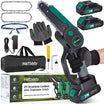
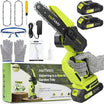








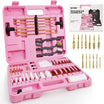
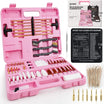
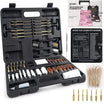
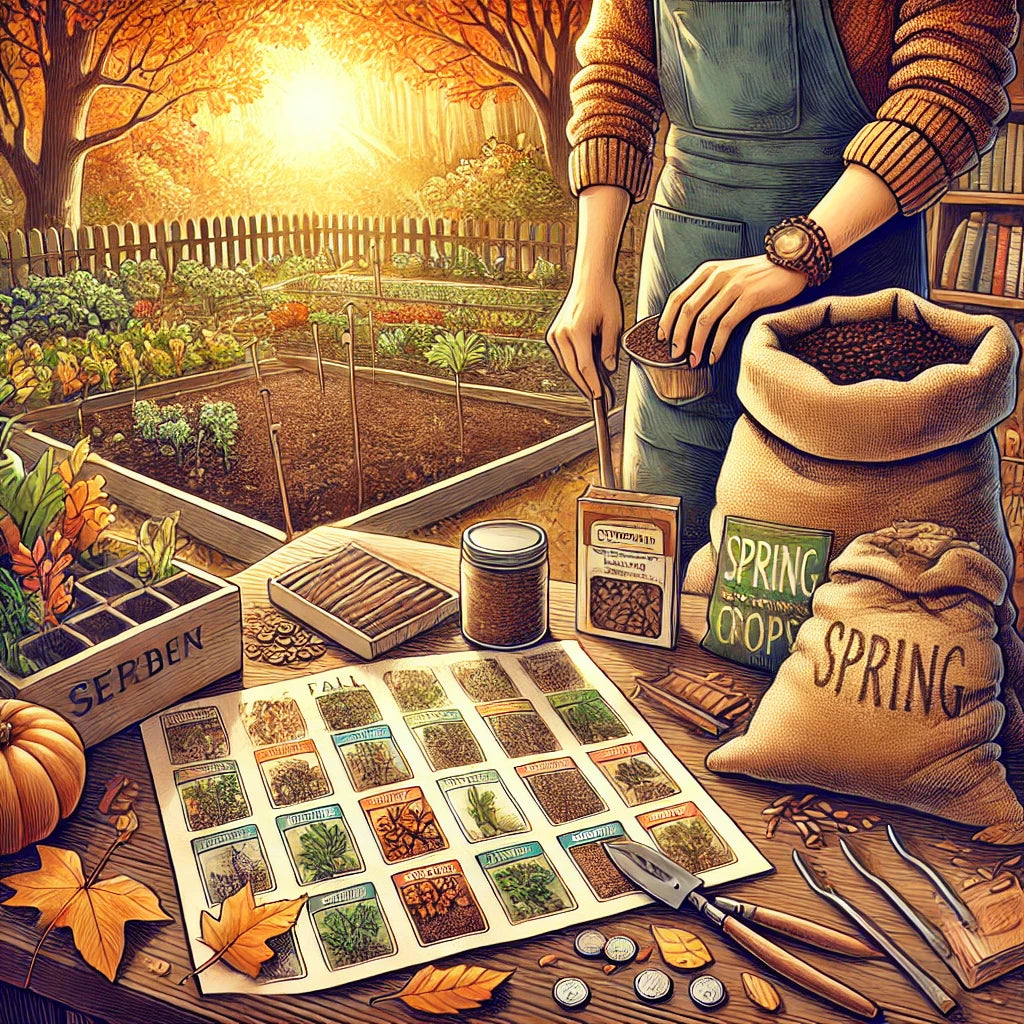
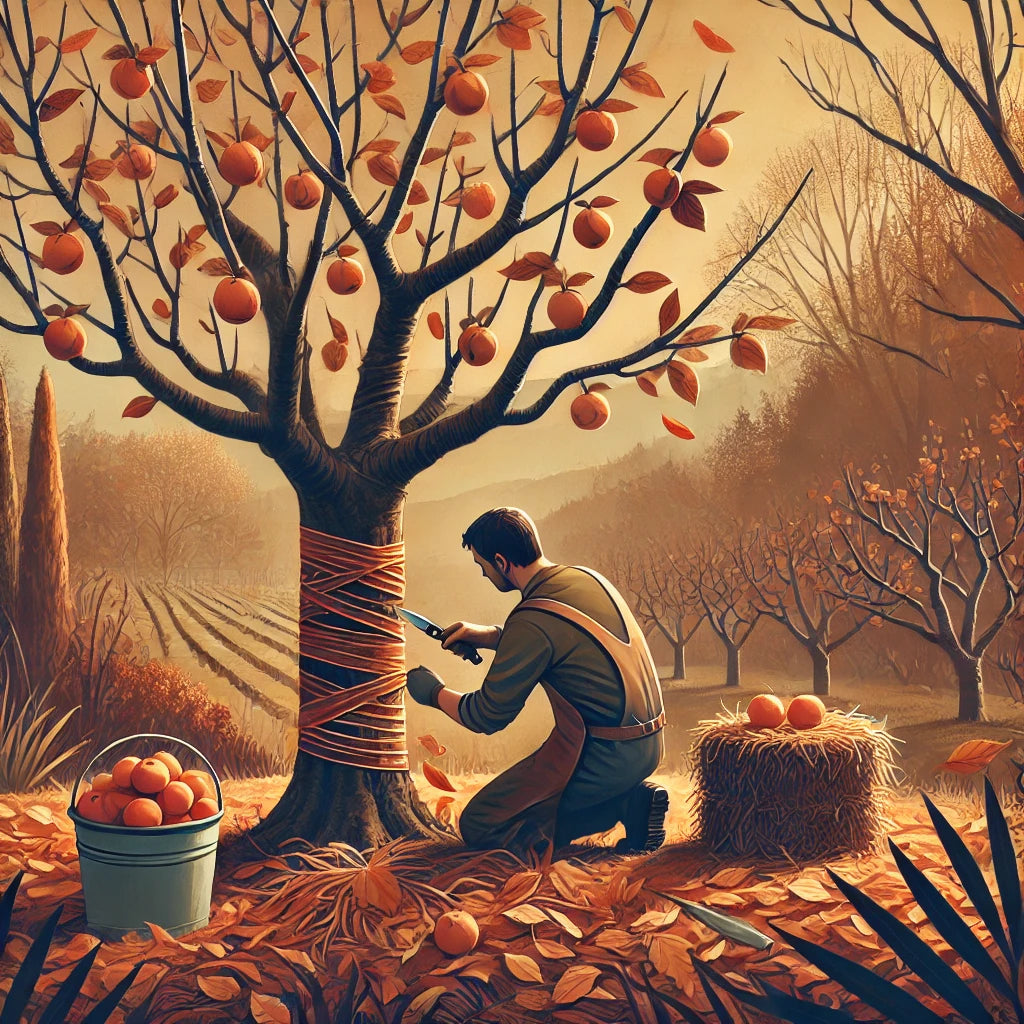
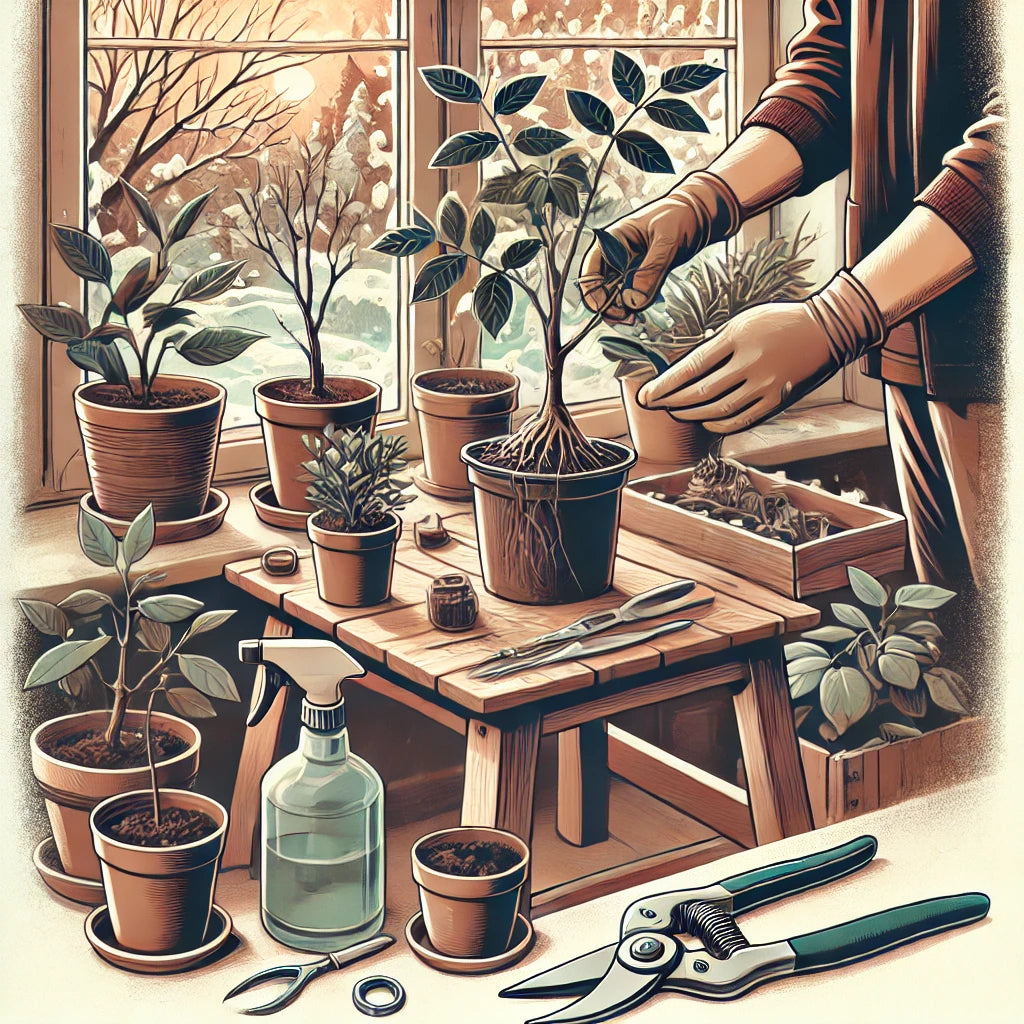
Leave a comment
All comments are moderated before being published.
This site is protected by hCaptcha and the hCaptcha Privacy Policy and Terms of Service apply.